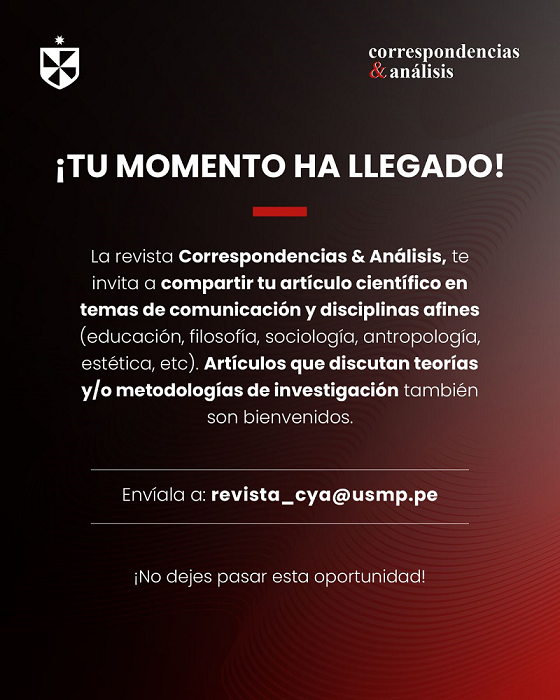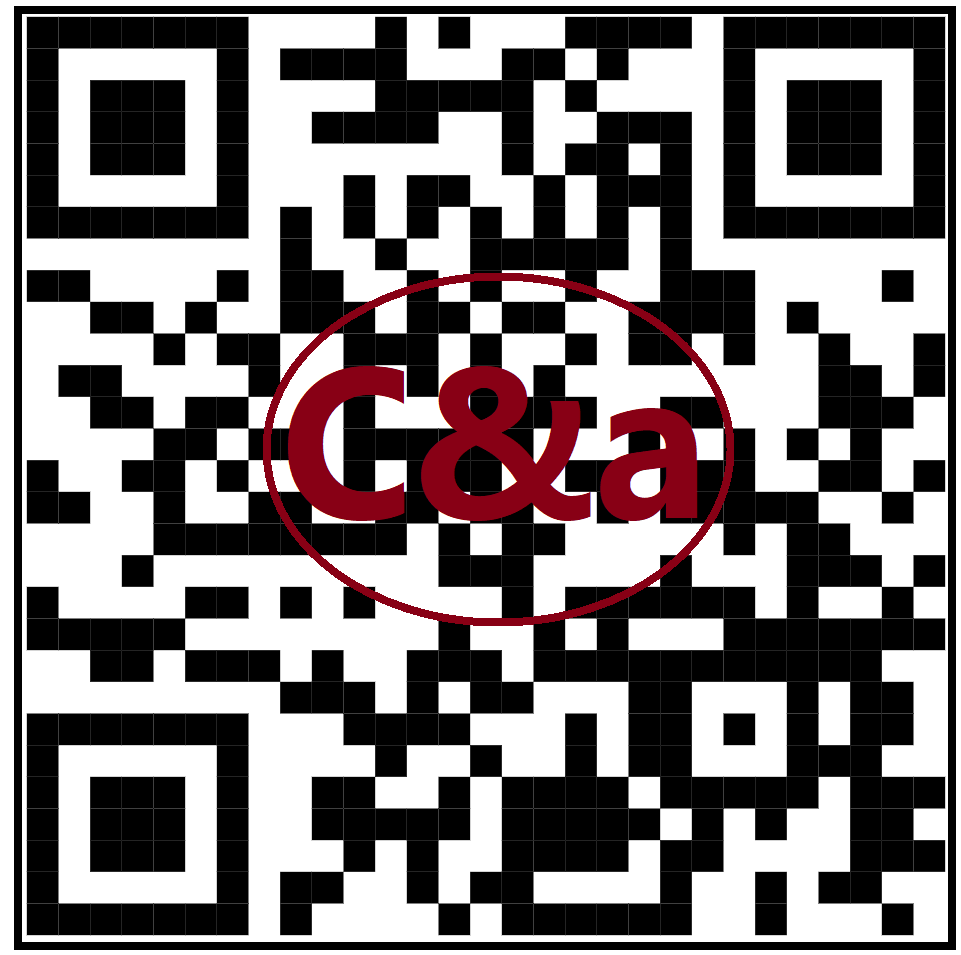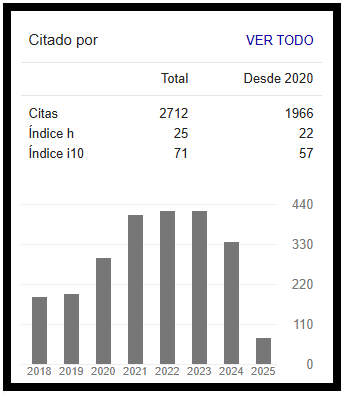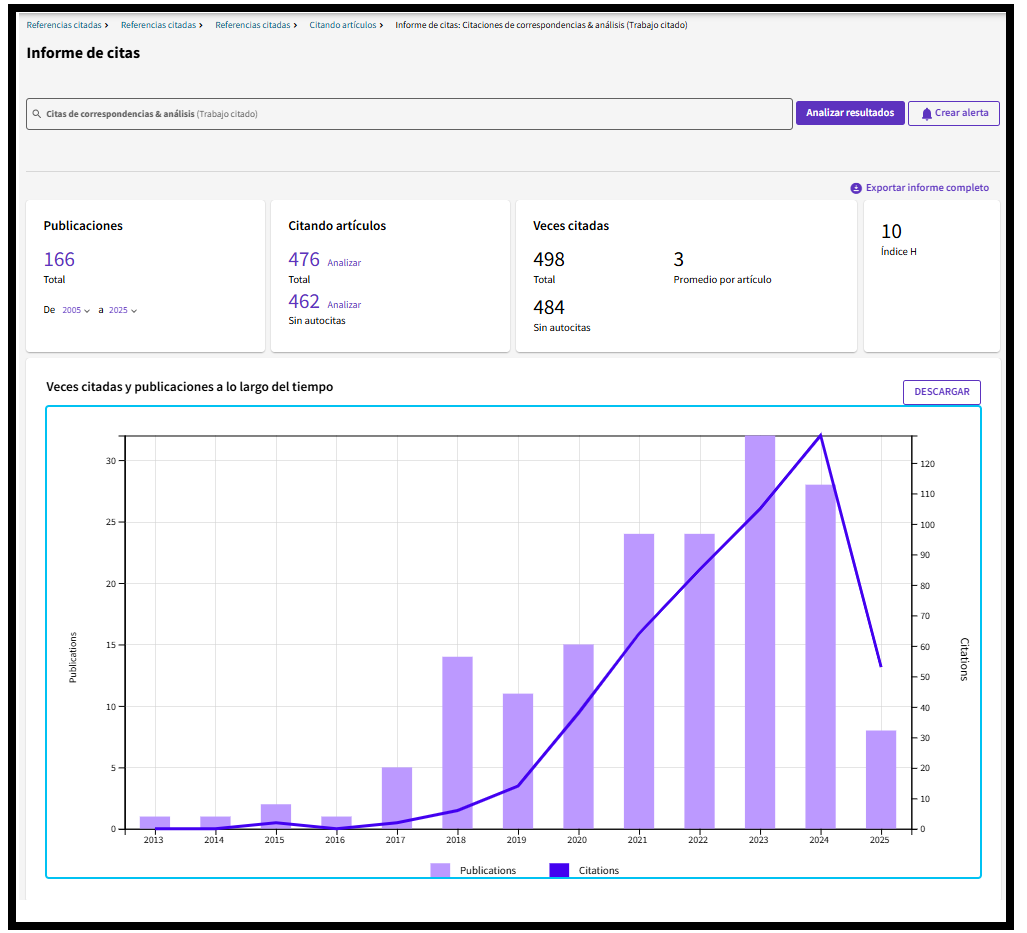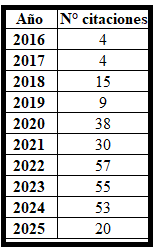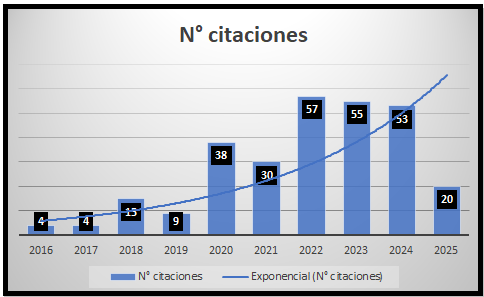Social Media in Journalism practice
DOI:
https://doi.org/10.24265/cian.2014.n4.01Keywords:
Social media, Journalism, Facebook, Twitter, Newsmaking, AudienceAbstract
The article presents one panoramic viewpoint on social media influence in the work of professional journalism. The use of social media as information sources and their impact on information processing and news production routines are described. It is concluded that social media influence growing in the journalistic activity that becomes effective in contemporary society.
Metrics
Downloads
References
Alexa (2014). “The top 500 sites on the web”. Extraída el 11/IV/2014 desde http://www.alexa.com/topsites
Boyd, D. (2011). “Social network sites as networked publics: Affordances, dynamics, and implications”, pp. 39-58. En Papacharissi, Z. (ed.). A networked self. Identity, community and culture on social network sites. Londres: Routledge.
Boyd, D. y Ellison, N. (2007). “Social Network Sites: Definition, history and scholarship”, Journal of Computer-Mediated Communication. Vol. 13, núm. 1, pp. 210-230.
Bruns, A. (2013). “From Prosumption to Produsage”, pp. 67-78. En Towse, R. y Handke, C. (eds.). Handbook on the Digital Creative Economy. Gloucestershire: Edward Elgar.
Cabañas Sánchez, G. (2011). Extracción y análisis de información del servicio de red social Twitter, a través de la plataforma de “cloud computing” Google App Engine [Proyecto de fin de carrera]. Madrid: Universidad Carlos III. Extraída el 29/IV/2014 desde http://earchivo.-uc3m.es/handle/10016/12973
De Maeyer, J. (2009). “Journalism practices in an online environment. An investigation into the evolving specificities of newswork in Belgium, as challenged by technological changes”. Extraída el 29/IV/2014 desde http://juliettedm.files.wordpress.com/2010/04/journalism_practices.pdf
Duggan, M. y Smith, A. (2013, diciembre 30). “Social Media Update 2013”. Extraída el 20/IV/2014 desde http://www.pewinternet.org/2013/12/30/social-media-update-2013/
Flores Vivar, J. (2009). “Nuevos modelos de comunicación, perfiles y tendencias en las redes sociales”. Comunicar, núm. 33, pp. 73-81. Extraída el 29/IV/2014 desde http://www.redalyc.org/pdf/158/15812486009.pdf
Galant, G. (2013). “2013: A year in Twitter Journalism”. Extraída el 29/IV/2014 desde http://muckrack.com/daily/2013/12/30/2013-a-year-in-twitter-journalism/
García, M. (2013, septiembre 12). “Futuro Digital Perú 2013”. Extraída el 29/IV/2014 desde http://www.comscore.com/
García Govaze, D. (2011). Cambio de paradigm en Internet. Análisis y tendencias del Social Media [Projecte final de carrera en Enginyeria de Telecomunicació]. Barcelona: Universitat Técnica de Catalunya, Escola Tècnica Superior d’ Enginyeria de Telecomunicació de Barcelona.
Guerrini, F. (2013). Newsrooom Curators and Independent Storytellers: Content curation as a New Form of Journalism. Oxford: Reuters Institute for the study of Journalism, University of Oxford
Gutiérrez, F. y Zurita, L. (2012). “Las redes sociales y su impacto en el proceso de preparación y producción de noticias: Análisis de las rutinas de los periodistas a partir de tres diarios chilenos”. Comuni@cción. Vol. III, núm. 1, pp. 36-44.
Herrero, E. (2013). Periodistas y redes sociales en España: Del 11 M al 15 M (2004-2011) [tesis doctoral]. Madrid: Universidad Carlos III de Madrid, Departamento de Periodismo y Comunicación Audiovisual.
Illuminati Lab (2013, julio 25). “¿Quiénes son los periodistas latinoamericanos más populares en Twitter?”. Extraída el 29/IV/2014 desde http://illuminatilab.com/blog/uncategorized/quienes-son-los-periodistas-latinoamericanos-mas-populares-en-twitter/
ITU (2013). “The World in 2013: ICT Facts and Figures”. Extraída el 20/IV/2014 desde http://www.itu.int/en/ITUD/Statistics/Documents/facts/ICTFacts-Figures2013s.pdf
Ju, A. (2010). Evaluating the Effectiveness of Facebook and Twitter as New Publishing Platforms for Newspapers [tesis de maestría]. Austin: University of Texas, Graduate School.
Kaul, V. (2013). “Journalism in the age of digital technology”. Online Journal of Communication and media technologies. Vol. 3, núm. 1, pp. 125-143. Extraída el 29/ IV/2014 desde http://www.ojcmt.net/articles/31/317.pdf
La Rosa, A. (2013). Construcción de la agenda mediática: Una mirada al interior de la Comunicación. Lima: Universidad de San Martín de Porres.
Levy, G. (2010). Social Media and Journalism: How the Internet and Social Networking Have Changed Journalism’s Workflow [tesis]. Massachusetts: Tufts University. Extraída el 29/IV/2014 desde http://repository01.lib.tufts.edu:8080/fedora/get/tufts:UA005.005.-065.00001/bdef:TuftsPDF/getPDF
Lohner, J. (2012). Facebook, Twitter, and interactivity: Changes in the ways society discusses news [tesis de grado]. Ohio: Ohio University.
López-Hermida, A. y Claro, C. (2011). “Medios y periodistas en Twitter: El caso chileno”. Correspondencia y Análisis, núm. 1, pp. 17-33.
Machado, E. (2000). La estructura de la noticia en las redes digitales: Un estudio de las consecuencias de las metamorfosis tecnológicas en el periodismo [Tesis doctoral]. Barcelona: Universidad Autónoma de Barcelona, Facultad de Ciencias de la Comunicación.
Mayock, P. (2012). Agenda Building in the Age of Online Audience Feedback [tesis de maestría]. Ohio: Kent State University, College of Communication and Information.
Morris, M. y otros (2012). “Twetting is believing? Understanding microblog credibility perceptions”. Extraída el 29/IV/2014 desde http://www.social4retail.com/uploads/1/0/9/8/10981970/_________tweet_-credibility_study.pdf
Newman, N.
_(2011). “Mainstream media and the distribution of news in the age of social discovery”.
_(2009). “The rise of social media and its impact on mainstream journalism”.
Oriella PR Network (2012). “The influence game: How news is sourced and managed today. Global Digital Journalism Study 2012”. Extraída el 29/IV/2014 desde http://www.oriellaprnetwork.com/
Pignard-Cheynel, N. y Mercier, A. (2011). “L’appropriation des réseaux sociaux par les webjournalistes en France”. Extraída el 29/IV/2014 desde http://www.medias011.univ-cezanne.fr/fileadmin/Medias11/Documents/A4/MERCIER_PICHARD.pdf
Pujol, F. (2013). “Social Media Journalism. Twitter Live Coverage of Crisis - Risks and Rewards for @bostonglobe - Impact Analysis Boston Marathon Bombing - April 2013”. Extraída el 19/IV/2014 desde http://reputationmetrics.org/2013/04/19/socialmediajournalismtwitterlive-coverageofcrisisrisksandrewardsforbostonglobeimpactanalysisboston-marathonbombingapril2013/
Quigley, R. (2012). “Lesson 2: Interaction. Course Social media for journalists”. Austin: University of Texas at Austin, Knight Center.
Recuero, R. (2011). “‘Deu no Twitter, alguém confirma?’ Funções do Jornalismo na Era das Redes Sociais”. Ponencia presentada en el 9º Encontro Nacional de Pesquisadores em Jornalismo. Rio de Janeiro.
Smymaios, M.; Marty, E. y Rebillard, F. (2010). “Does the Long Tal apply to online news? A quantitative study of French-speaking news websites”. New Media & Society. Vol. 12, núm. 8, pp. 1244-1261.
Sorrentino, C. (2013). “El equívoco del periodismo ciudadano. Cómo las nuevas formas de consumo de la información están redefiniendo el periodismo”. adComunica. Revista de Estrategias, Tendencias e Innovación en Comunicación, núm. 6, pp. 21-37.
Sozeri, C. (2011). “Does social media reduce ‘corporate media influence’ on journalism? The Case of Turkish Media”. Estudos em Comunicação, núm. 10, pp. 71-92.
The cocktail analysis (2011, febrero 21). “Informe de resultados. Observatorio Redes Sociales 3° oleada”. Extraída el 29/IV/2014 desde http://www.slideshare.net/TCAnalysis/tcaobservatorioredessociales-2011publico
Tenore, M. (2014, febrero 27). “People around the world show support for Al Jazeera journalists”. Extraída el 29/IV/2014 desde http://ivoh.org/people-around-world-show-support-al-jazeera-journalists/
Toledo Bastos, M. y Zago, G. (2013). “Tweeting News Articles. Readership and News Sections in Europe and the Americas”. Extraída el 29/IV/2014 desde http://classic.sgo.sagepub.com/content/3/3/2158244013502496
Vox Populi (2013). “Barómetro 1 Ranking de Redes Sociales en Perú, Junio”. Extraída el 20/X/2013 desde http://www.voxpopuli.pe/pdf/201306%-20brrsp.pdf/
Wardle, C. (2014). “Verifying user-generated content”, pp. 24-33. En Silverman, C. Verification handbook; An ultimate guideline on digital age sourcing for emergency coverage. Maastricht: European Journalism Center.
Yezers’ka, L. (2012). “Gestión de los recursos informativos en los ciberdiarios peruanos”. Comunifé, núm. 12, pp. 12-31.
YouTube (2014). “Estadísticas”. Extraída el 29/IV/2014 desde https://www.youtube.com/yt/press/es/statistics.html
Downloads
Published
Issue
Section
Categories
License
Copyright (c) 2014 Amaro La Rosa

This work is licensed under a Creative Commons Attribution 4.0 International License.
In case the manuscript is approved, the authors retain the copyright and assign to the journal the right to publish, edit, reproduce, distribute, display and communicate in the country of origin and abroad by means of print and electronic media in different databases.
In order for this procedure to be recorded, the author must fill out the following formats:
Format 1 - Author data Format.
Format 2 - Affidavit on originality and authorization for the publication of articles Format.
Format 3 - Open Science Compliance.







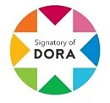
2.png)


